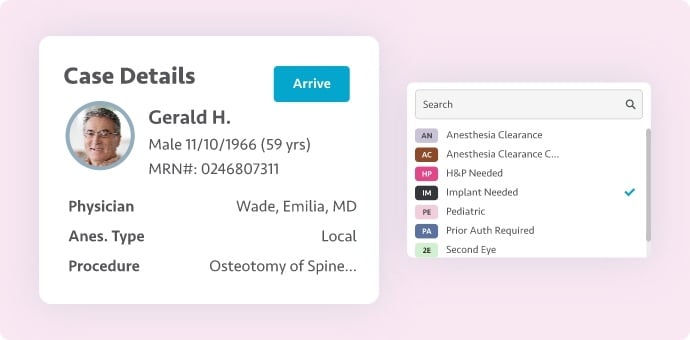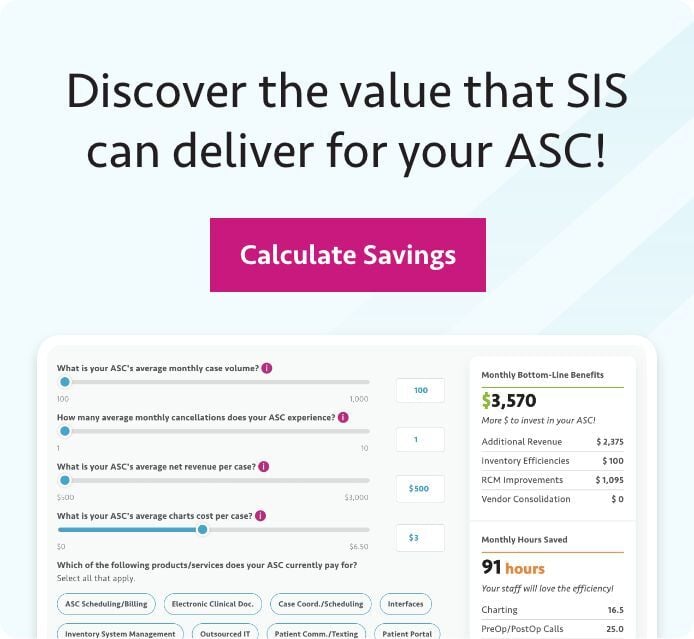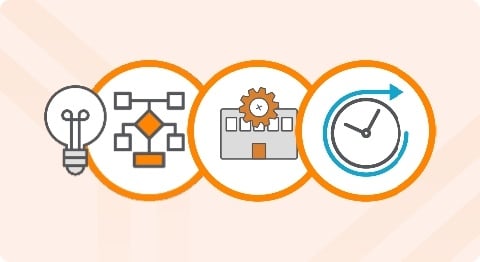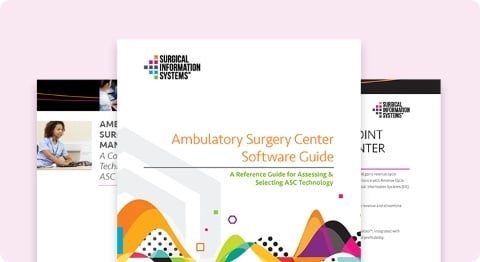Optimizing OAS CAHPS response rates is essential for ASCs committed to quality improvement and regulatory compliance. The OAS CAHPS (Outpatient and Ambulatory Surgery Consumer Assessment of Healthcare Providers and Systems) program establishes a benchmark of 200 completed surveys within a rolling 12-month period to ensure survey results represent the overall patient population. Achieving this sample size enhances statistical validity and reliability and reduces bias, supporting more informed, data-driven decisions for surgical facilities. While financial penalties are not imposed for not reaching this target, consistently high OAS CAHPS response rates are crucial. They enable ambulatory surgery centers (ASCs) to obtain accurate insights that drive measurable improvements in patient care and the overall patient experience.
A proactive and systematic approach is critical as OAS CAHPS surveys are a new requirement for many ASCs. Equipping your team with the right strategies to maximize OAS CAHPS response rates will streamline compliance and improve data quality. The following evidence-based best practices are proven to deliver superior OAS CAHPS results.
1. Document Patient Language Preferences for Increased Engagement in OAS CAHPS
OAS CAHPS surveys are available in several languages to better serve diverse patient populations. Accurate documentation of each patient’s language preference within the electronic medical record (EMR) enables OAS CAHPS survey vendors to initiate contact in the most appropriate language, removing barriers to participation. This approach fosters inclusivity and substantially increases the likelihood of survey completion, ensuring every patient’s voice is represented in OAS CAHPS data.
2. Collect Patient Email Addresses to Enable OAS CAHPS Web-Based Surveys
Integrating email collection into patient registration processes is a simple change that significantly impacts OAS CAHPS participation. The OAS CAHPS survey offers a flexible "Web Mode," allowing patients to respond online in addition to traditional mail or phone options. Securely gathering email addresses ensures patients can be reached using their preferred channels. Address misconceptions about digital readiness—many older adults are highly engaged with their email and welcome the convenience of online OAS CAHPS participation. This multi-modal approach removes obstacles and maximizes opportunities to boost OAS CAHPS response rates.
3. Promote OAS CAHPS Survey Participation—While Maintaining Objectivity
Educating patients about the OAS CAHPS survey—without influencing their responses—is key to high participation rates and reliable data. Clear, unbiased communication materials provided during discharge or with preoperative documentation can raise awareness. For example, supplying an informative handout that explains your ASC’s participation in the OAS CAHPS survey reinforces transparency and your center’s genuine commitment to quality improvement. Care must be taken to avoid language or suggestions that could inadvertently influence OAS CAHPS feedback.
4. Accurately Record Discharge Destinations to Avoid Ineligible OAS CAHPS Outreach
OAS CAHPS survey effectiveness depends on targeting eligible patients. Individuals discharged to nursing homes, correctional facilities, or similar settings are ineligible for OAS CAHPS participation. Missing or inaccurate documentation may result in lost opportunities for valid responses and wasted OAS CAHPS survey attempts. Review and, if necessary, update staff workflows to ensure every patient’s discharge destination is accurately recorded in your EMR. Consistency in this area supports OAS CAHPS compliance and streamlines the survey selection process.
5. Retire Legacy or Competing Surveys to Focus on OAS CAHPS
Concurrent distribution of multiple surveys can contribute to patient confusion and survey fatigue, decreasing overall participation in OAS CAHPS. To support the integrity of official OAS CAHPS results, it is recommended to discontinue the use of alternative paper surveys or internal feedback forms once the OAS CAHPS program is in place. Focusing exclusively on the official OAS CAHPS survey simplifies the process for patients and staff, streamlining data collection and preserving the quality of the insights you gather.
Conclusion
Raising OAS CAHPS response rates requires a comprehensive, team-wide effort involving well-defined processes, strategic technology use, and ongoing staff education. By implementing these best practices, your ASC is better positioned to realize meaningful improvements in OAS CAHPS results, support regulatory compliance, and establish a reputation for exceptional patient-centered care. Strong OAS CAHPS response rates deliver more actionable data, empowering your team to enhance patient experience and operational performance.


























